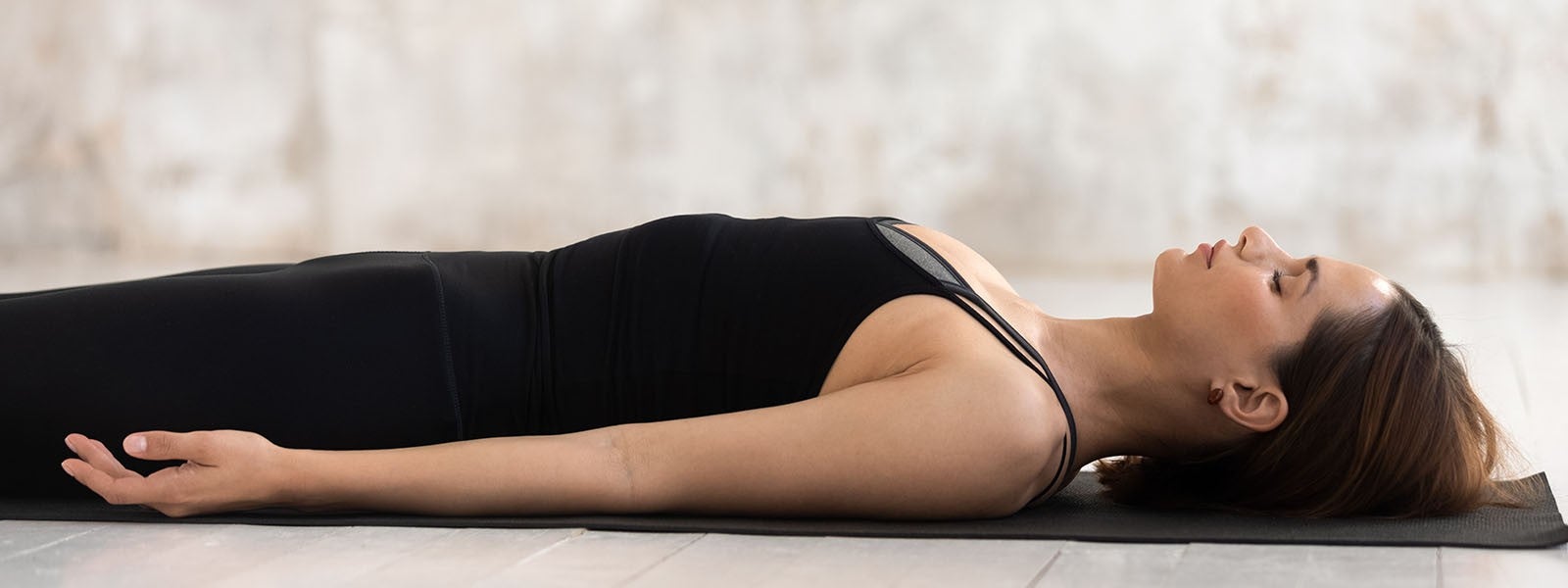
Conscious Deep Rest
When I was about 8 years old, my mom took me to the doctor because I had a very hard time falling asleep at night. The doctor told my mom that I was a deep thinker and to give me a glass of milk before bedtime to help me fall asleep. As you can imagine, that did not help at all. I was afraid of sleep itself, being lost in the darkness, in the abyss of the unknown. I was afraid of dying. What seemed to really help, was sleeping next to my mom, holding her hand and then feeling safe.
In yoga philosophy, fear of death is called abhinivesa, which is one of the five kleshas, internal obstacles that cause suffering. Abhinivesa can also be interpreted as clinging to bodily life, fear of the unknown, and fear of change. Our mind at this state is preoccupied with the future, and thus more likely to experience anxiety. To cope, we either try to obsessively control everything, or conversely we somehow numb ourselves. Often, anxiety can leave us completely paralyzed, afraid of making any decisions or taking any action. Whereas some people experience severe and debilitating anxiety, most of us experience some sense of unease and may in fact not even be aware that it is a form of mild anxiety. We may have a hard time relaxing, difficulty falling asleep, muscle tension, mood swings, and/or depression.
Anxiety is indeed a human experience and during the pandemic it has become a collective worldwide phenomenon. Because of social media, not only are we bombarded daily with news from around the world, but we are also indirectly being told we are not enough. There is always more to buy, more to do, more ways to look better, and be more. It is exhausting! So, in order to pause this endless stream of content, we need to log off...even if it is just for 20 minutes in the middle of the day, and preferably at least an hour before bedtime. It is important to make a conscious choice to stop what we are doing and turn our attention inside, cultivating a daily practice of conscious and mindful relaxation to connect to the present moment. This may sound fluffy and kumbaya-like, but it is a simple and yet profound way of quieting all the vrittis, the whirlpool of thoughts in our mind.
Though conscious relaxation is a simple practice, it is not something that necessarily is taught or comes naturally. In an ideal world, all babies are held, rocked, and soothed. Children are hugged and taught skills to live a balanced life, and we are all taught coping skills to deal with the stresses in the world. Well, it turns out that most of us do not know how to relax or we simply forgot. And, again, from my personal experience, a glass of milk at bedtime does not work.
For a practice of conscious relaxation, if possible, lie down. You can also sit in a chair or sofa, but it is easier to activate the relaxation response when lying down. It is important to make yourself as comfortable as you can. I like to place a pillow under my head and neck and several blankets or pillows under my knees. In times when I feel restless and perhaps anxious as well, I place several folded blankets or pillows across my thighs and abdomen. The weight of that support helps me settle; it is like giving myself a warm hug. Take time to settle into the position, feeling the body from toes to head, back of the body and front of the body, cultivating a felt sense of your whole body. It is helpful to give your mind an object of focus, either sensing the breath, counting each exhale from twenty to zero, or listening to sounds arising and fading away. Listening to calming music or a guided audio meditation can also be very helpful.
Yoga Nidra ("sleep of a yogi"), a type of guided meditation, is one of my favorite practices I teach and use in order to relax deeply. There are many different practices, and they vary according to the specific yoga school, tradition, and to whom it is taught. Typically, Yoga Nidra involves bringing our attention fully into the body, facilitating a deep sense of connection with our body. This process is called nyasa and means “to place”. In this context, it means to place our attention to different places in our body, ultimately sensing each point as a way to bring ourselves into the present moment. When we are prompted to focus on sensation, our mind has no choice but to slow down. We are then able to drop more deeply inside and the past and future become obsolete. We become deeply immersed in the “Now”. Our nervous system settles and a sense of wellness and stillness emerge. We feel connected and unencumbered. We feel free.
You can call this magnificent and profound state, Nirvana, Bliss, or Samadhi. You may simply just experience a glimpse of stillness, a moment of deep inner peace, but overall you will likely feel much more relaxed and at ease. Yoga and meditation have provided me with the tools to bring myself into my own inner sanctuary, my safe place. I am sure that is how I felt when I was able to sleep next to my mom, holding her hand. I was safe and I finally could fall asleep.
Comments
No comments yet. Be the first!
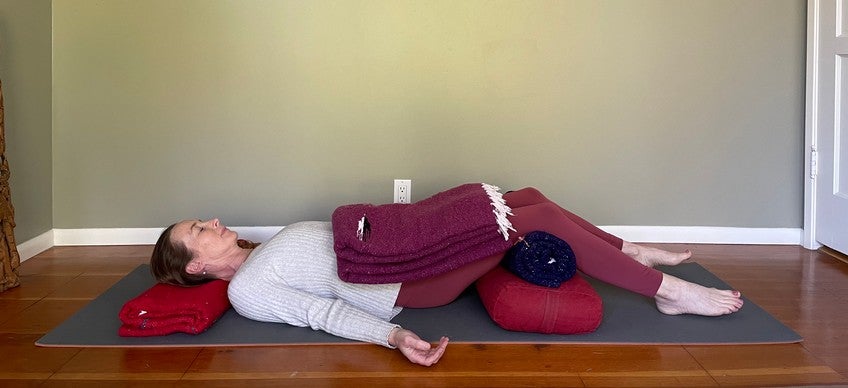

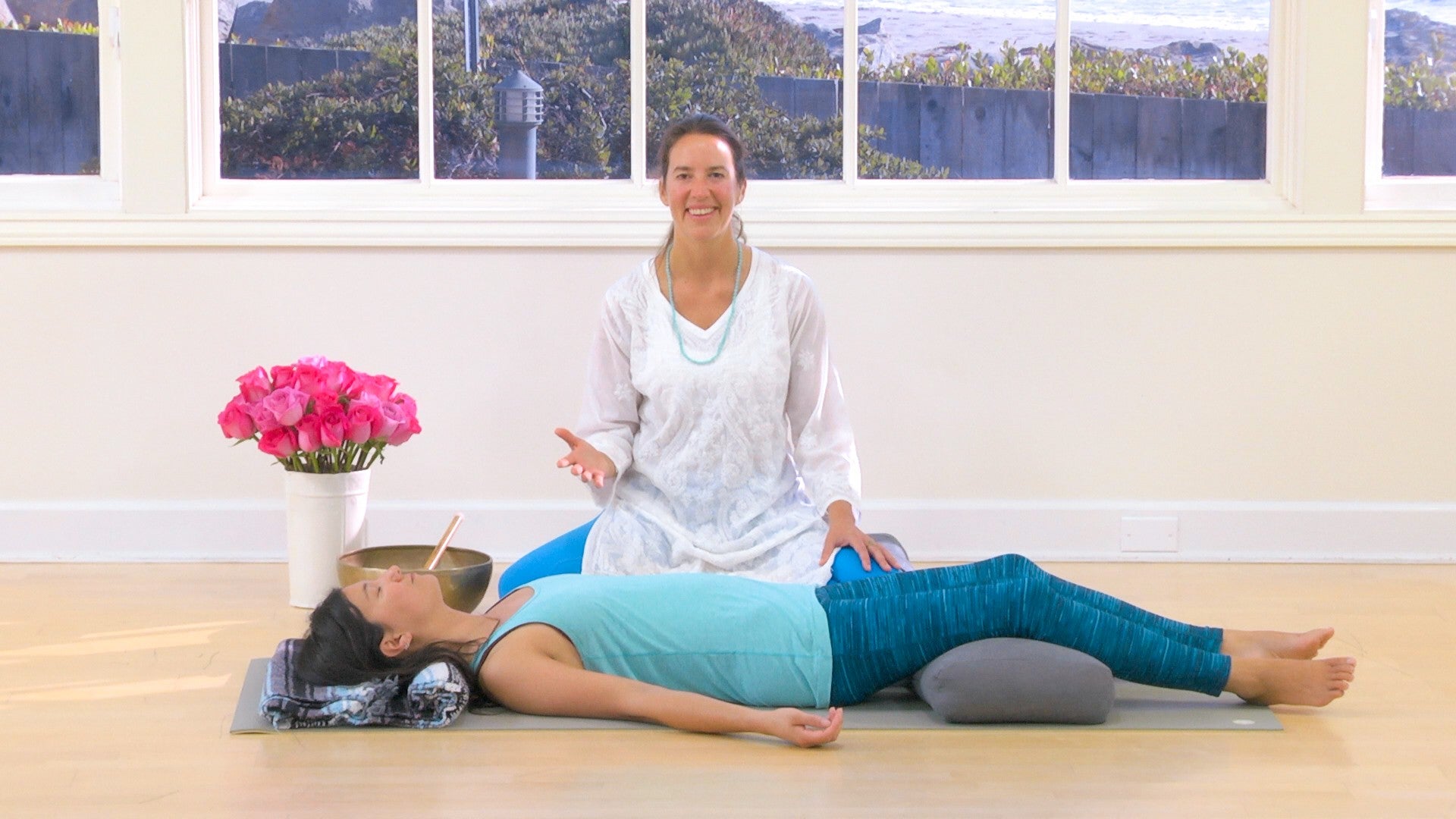
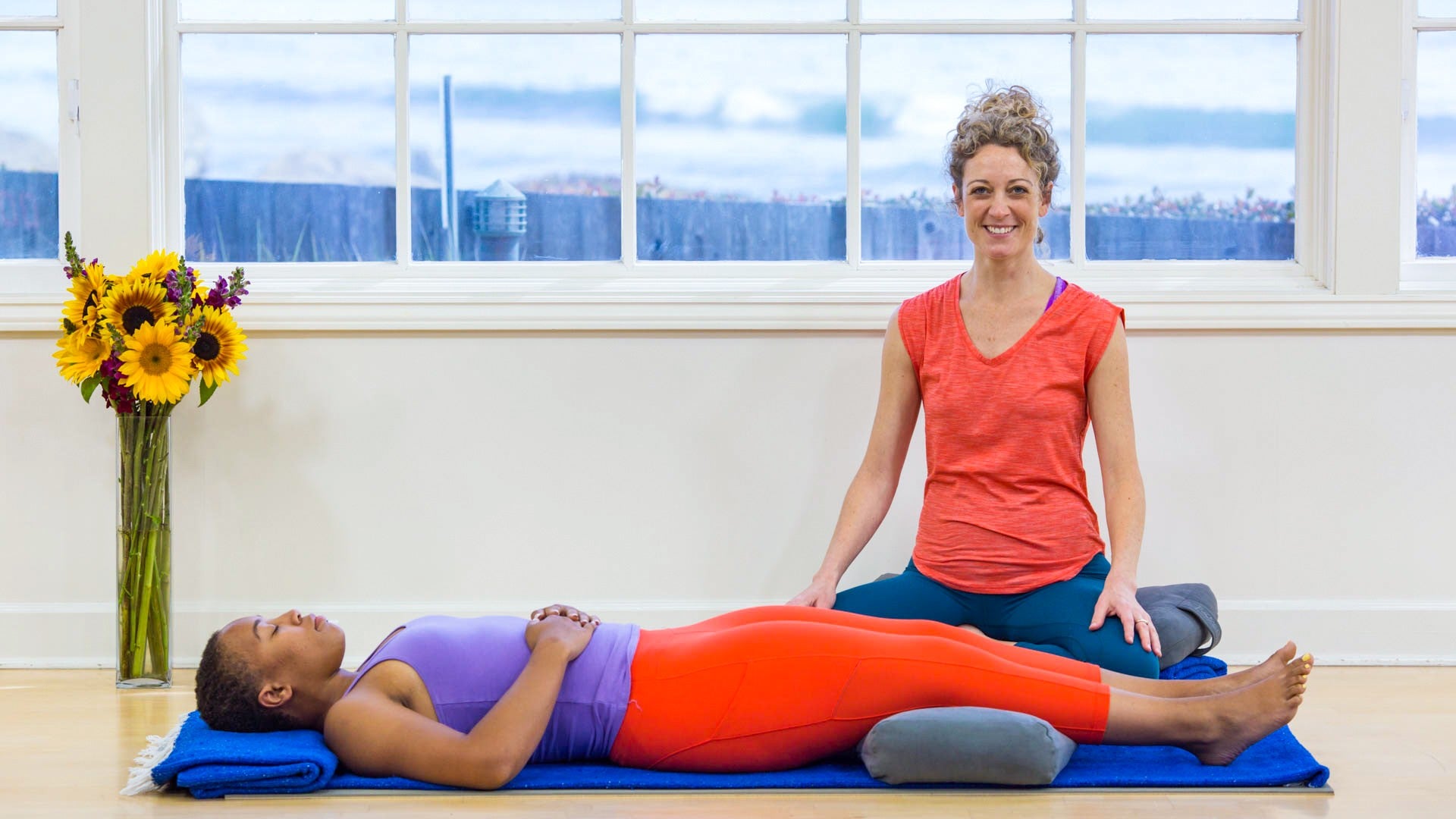
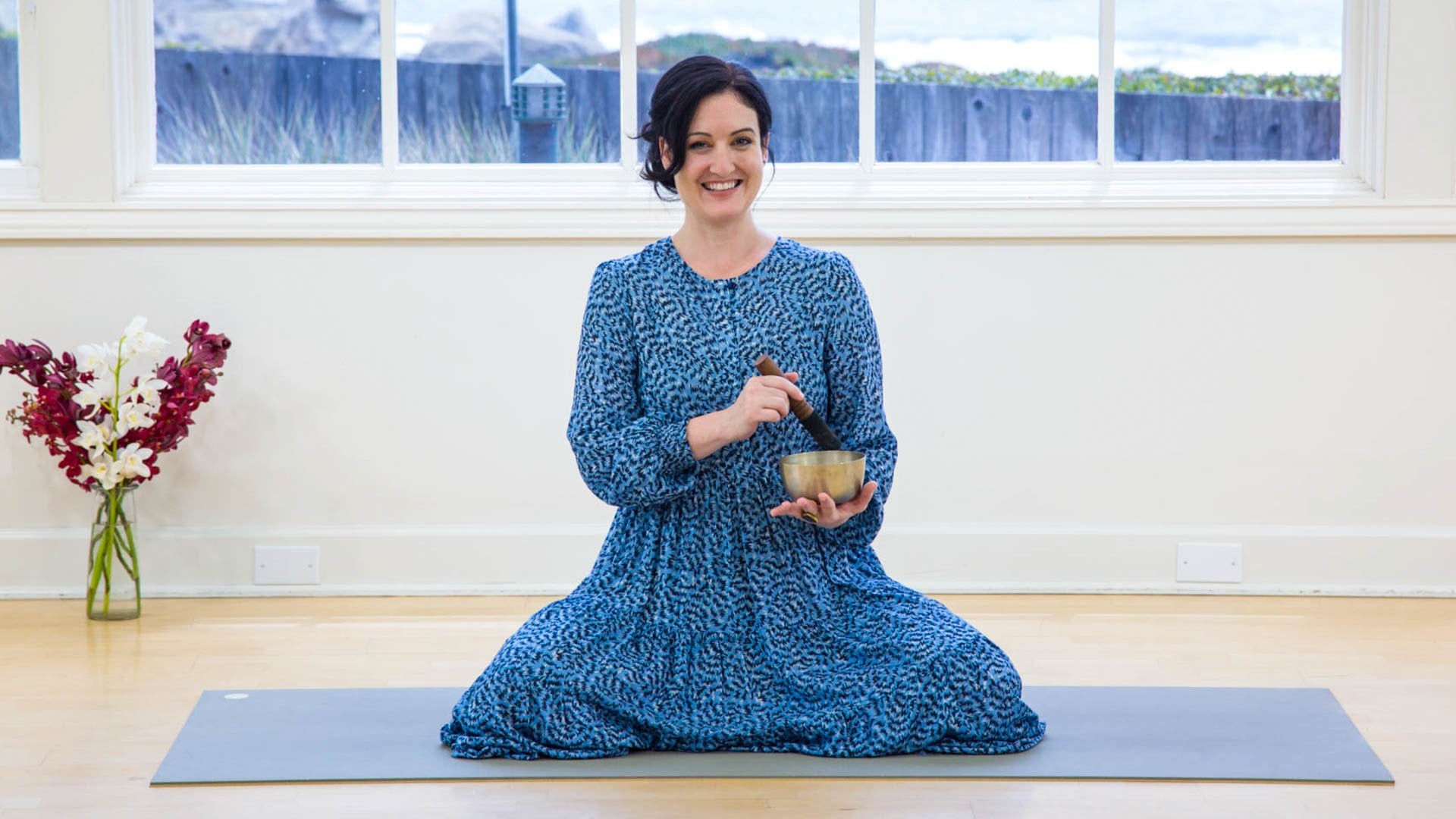
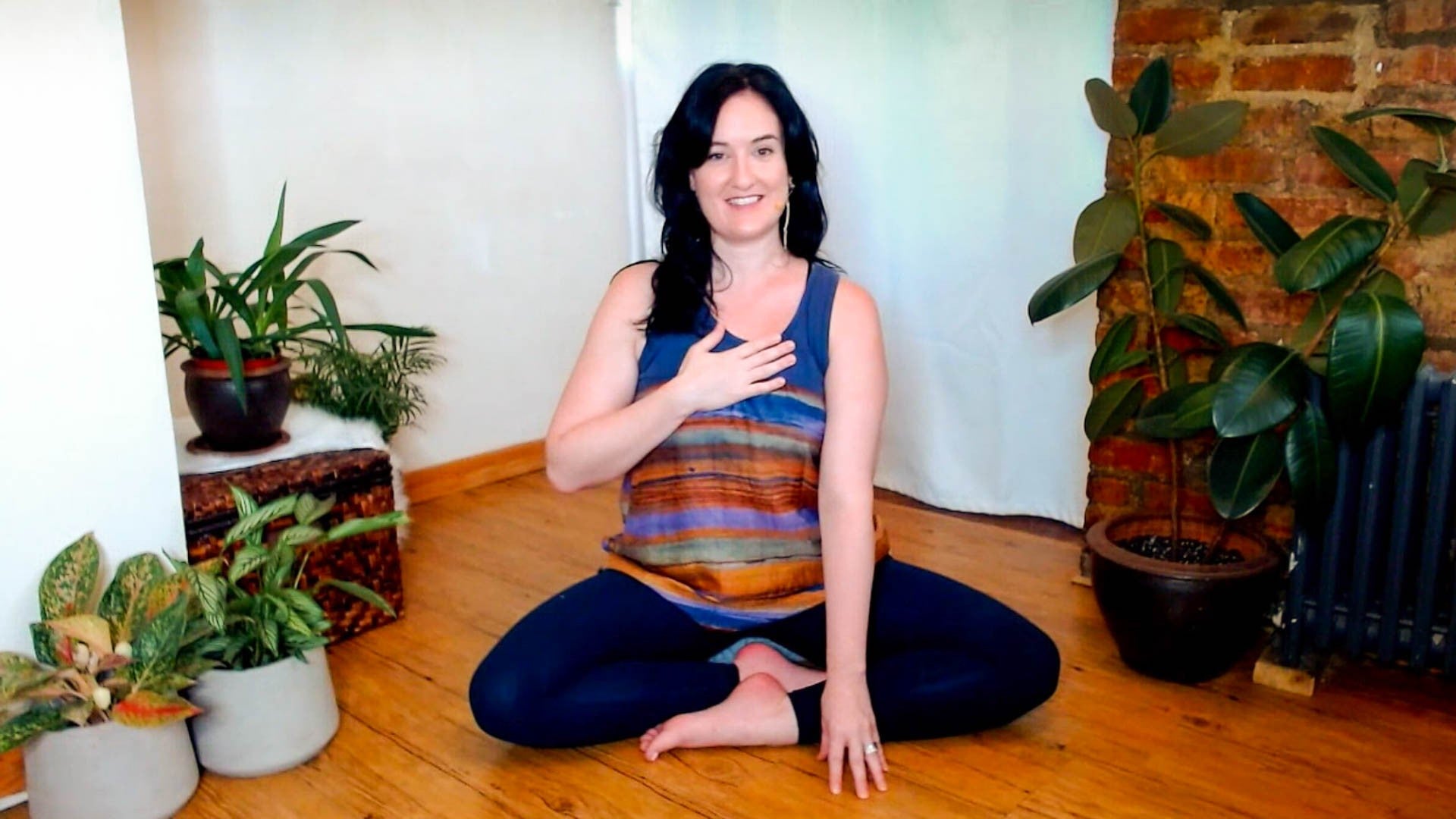











You need to be a subscriber to post a comment.
Please Log In or Create an Account to start your free trial.